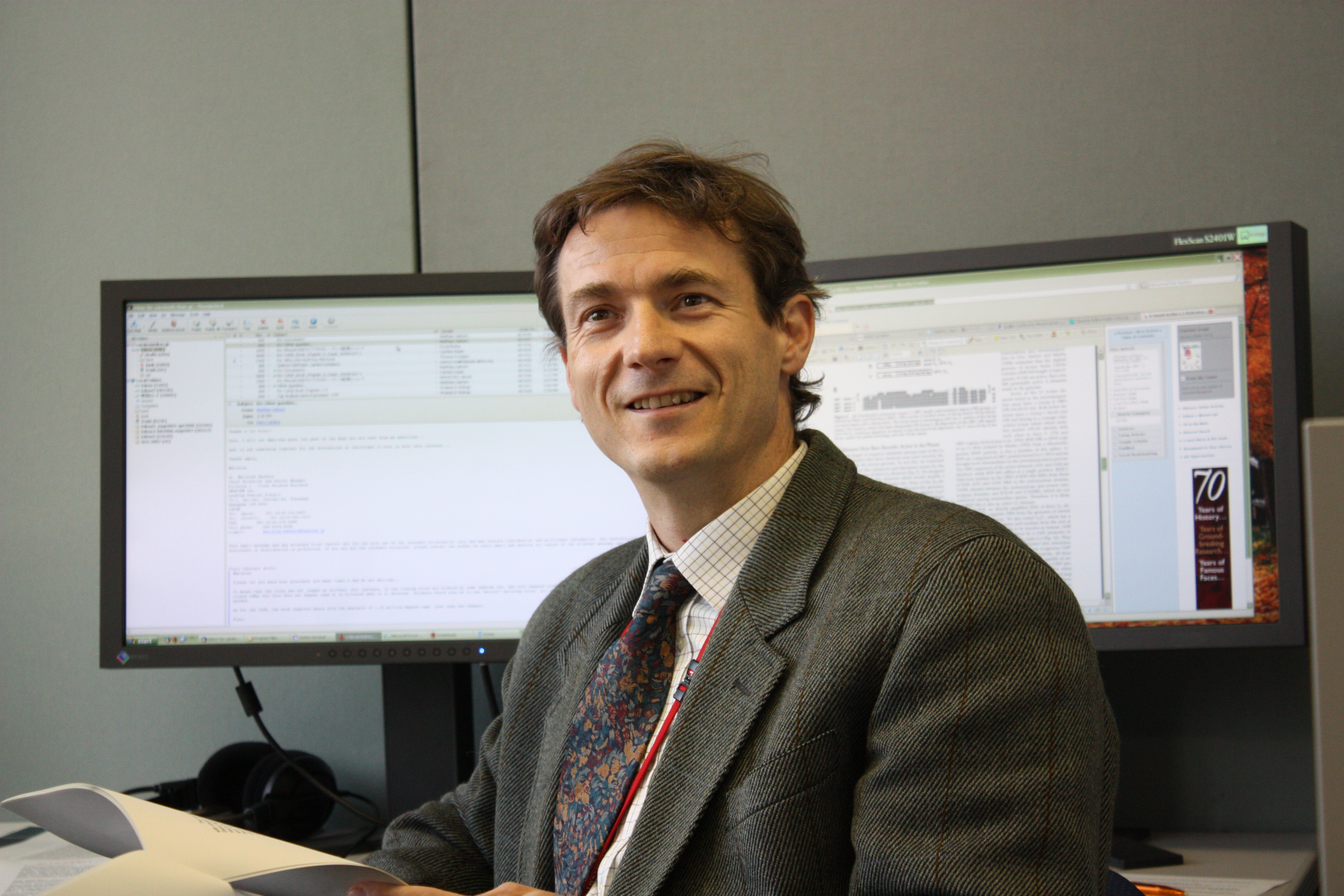ISCB-Asia/SCCG 2012 Keynote Address |
 |
ISCB-Asia/SCCG 2012 Keynote Address |
 |
DeepCAGE allows also detecting dynamic expression of repeat elements, which show peculiar expression patterns and provide alternative promoters and functional genome elements. We have also used deepCAGE on subcellular fractions as a part of the ENCODE project. We have detected clear patterns of expression of retrotransposon elements (RE) in a panel of human and mouse tissues, which are likely to have a regulatory role. Now, we have clearly identified specific patterns of non-coding RNAs and other RE-derived RNA in different cell compartments, with a particular interesting role of LINE elements, which seem to be preferentially bound to the chromatin. Altogether, these data are pointing at a potential function of the retrotransposon elements and other ncRNAs to regulate the epigenome.
He moved to Japan in 1995 at RIKEN, Tsukuba Life Science center and became tenure researcher in 1997. He has been developing technologies to capture full-length cDNAs, which were used for the construction of the Fantom projects.
From 2008 he is a Team and Unit Leader and a Deputy Project Director at the RIKEN Omics Science Center in Yokohama. He has developed technologies to analyze the the transcribed part of the genome (transcriptome), such as the cap-trapper and the CAGE. These technologies have been broadly used in the RIKEN Fantom projects and allowed identifying non-coding RNAs as are the major output of the mammalian genome and providing comprehensive maps of the mammalian promoters. Additionally he developed a miniaturization of CAGE, in order to approach biological problems that for which there is limited amount of starting material.
He has published more than 200 papers and book chapters, edited books and is a member of editorial boards of various scientific journals.